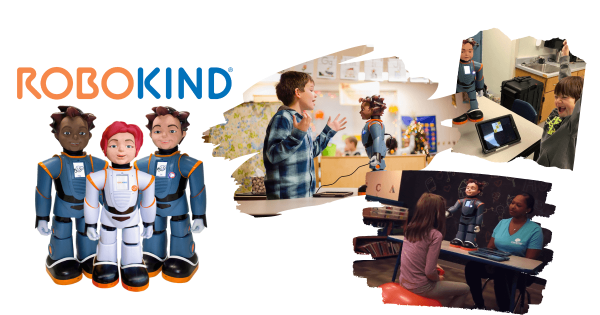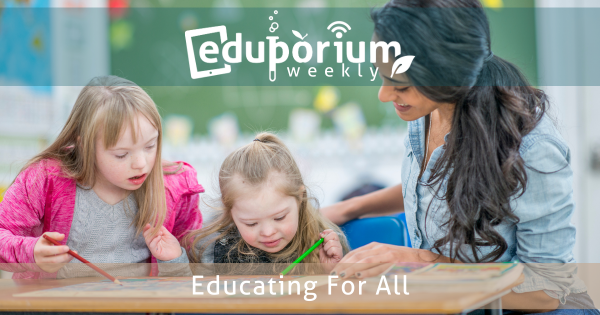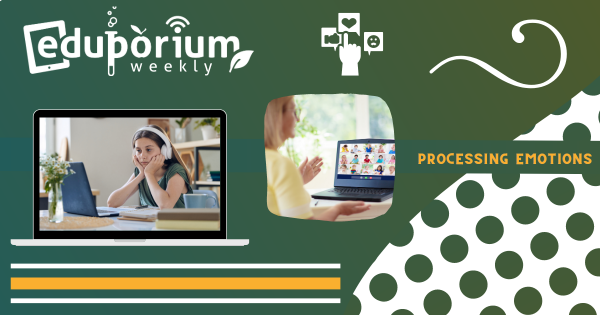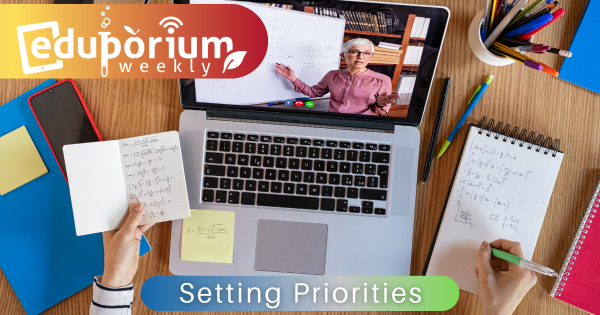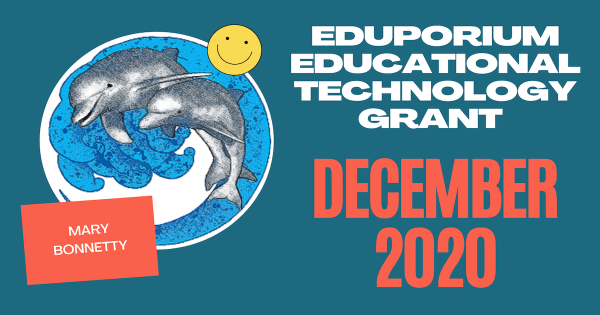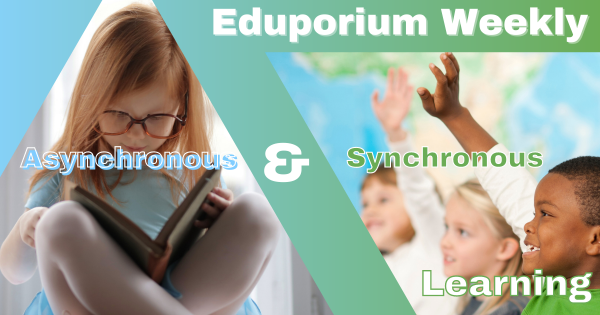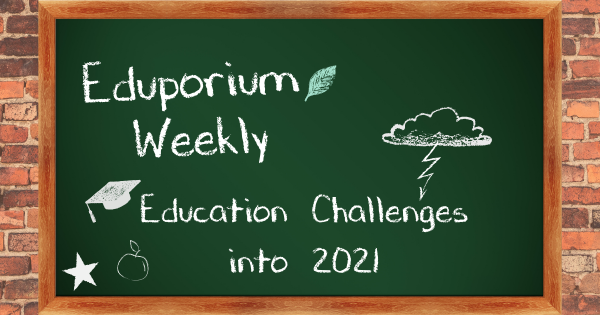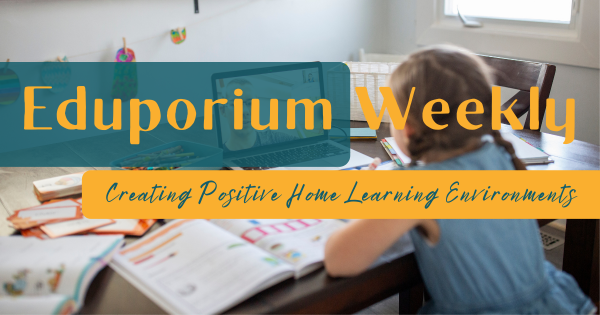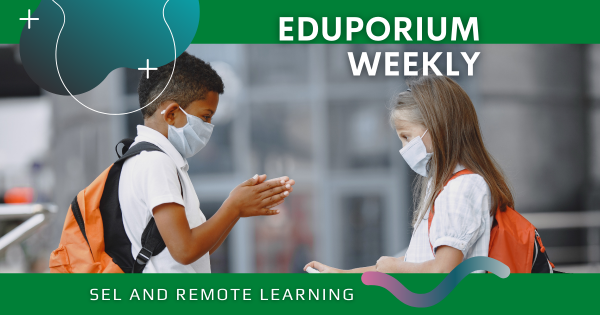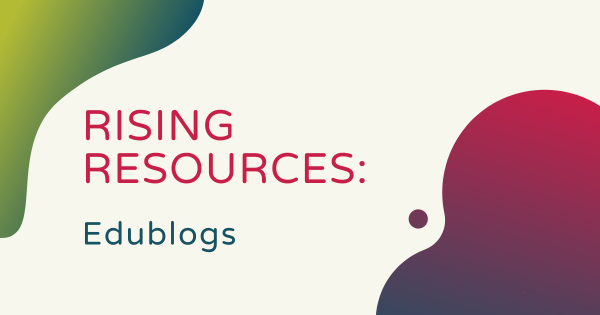Comprised of three different robots, Milo, Veda, and Carver, RoboKind’s solutions are designed to help students with learning differences meet their academic and social goals. Starting by empowering educators to help students foster social connections, these robots can ultimately be used to aid student emotional well-being and more.
SEL
Social-emotional learning has evolved so much in just the last few years alone. Today, it's an essential element of a true 21st century learning experience. Even before the pandemic upended learning and transformed the ways in which educators interacted with their students, incorporating SEL was still very much a focal point. In our experiences, this can be done in many different ways. While SEL-inspired curricula can be effective, we sincerely believe in the power of touch. This is what activates social-emotional experiences and bolsters a student's social-emotional foundation. And, fortunately, there are so many opportunities for this in STEAM education. From programming a robot to working together on a design project, students can get the best of both worlds. All it takes is a little bit of strategy in combining these two key areas of 21st century education.
SEL in the classroom or other educational environments benefits students in a number of ways. Whether educators prefer to subtly introduce students to relevant SEL skills, concepts, and competencies or actively work to ensure students collaborate and communicate effectively, it can truly enhance many different types of lessons. Factor in all the new types of daily stressors students are facing as a result of distance learning, traumas, or any other personal experiences and SEL can play a huge role in ensuring they're able to continue learning. With stronger social-emotional health, students also often tend to perform better academically. We believe they can develop their SEL skills in all learning environments. This includes in the classroom, after school, on the playground, and in extracurricular participation. Here, you'll find our thoughts on why this is important and how STEM education can help.
-
Eduporium Weekly | Learning Differences in Remote Ed
It’s been widely documented how difficult it’s been for special education students and teachers in distance learning. Though we’re a year into this new form of education, teachers are still learning about how to best work with special education students from afar. And, this week, that’s our topic for exploration. -
Eduporium Weekly | Supporting SEL Remotely
MakerEd tools allow students to connect their heads to their hearts using their hands. And, up until a year ago, so much good was being done in the classroom to advance social and emotional stability in students by using technology in creative ways. Now, however, there are all new reasons to focus on SEL in remote learning. -
EdTech Grant For December Awarded To Mary Bonnetty
We’re happy to announce that we have awarded our final EdTech grant of 2020 to Mary Bonnetty, an elementary teacher from Honolulu, Hawaii! Mary teaches at the Queen Ka’ahumanu Elementary School and has made a huge impact on the STEM offerings her students get to experience whether learning in-person or remotely. -
Eduporium Weekly | Remote Ed: Synchronous or Asynchronous?
Synchronous and asynchronous learning have each become important topics throughout various education communities and the subtle features of each are valuable for today’s educators to know. If you’re moving back and forth about which method to use or find yourself switching regularly, read on to learn more. -
Eduporium Weekly | Challenges Around Education In 2021
Many of the insights we’ve gained about education amid the pandemic are lessons most of us wouldn’t have thought we would need to learn but they have become very valuable. Now, educational leaders are dealing with the prospect of carrying over these insights as they create meaningful student experiences while also trying to apply new knowledge going forward. -
Eduporium Weekly | Positivity In Home Learning Environments
We’ve talked an awful lot about SEL in remote learning, focusing mostly on checking in on our students and teachers. One other important component to social-emotional learning, however, now involves creating the right kinds of environments for children to reconnect with some of the things that have been missing for them all throughout the pandemic. -
Eduporium Weekly | Bringing SEL to Remote Learning
What about those students who will still be doing remote learning at the start of the school year? They’ll have social-emotional needs, too. Establishing connections between these students and their new teachers is going to be important for ensuring success throughout the school year, but it’s probably going to be tougher as well. -
Rising Resources | Edublogs For Student Blogging
In our latest Rising Resources post, we’re exploring the Edublogs platform, which is an online tool students can use for practicing some key real-world skills like writing, blogging, and written communication. Usually thought of as more of a soft skill, communication is nonetheless extremely important for students as they prepare to enter the workforce in the coming years.




